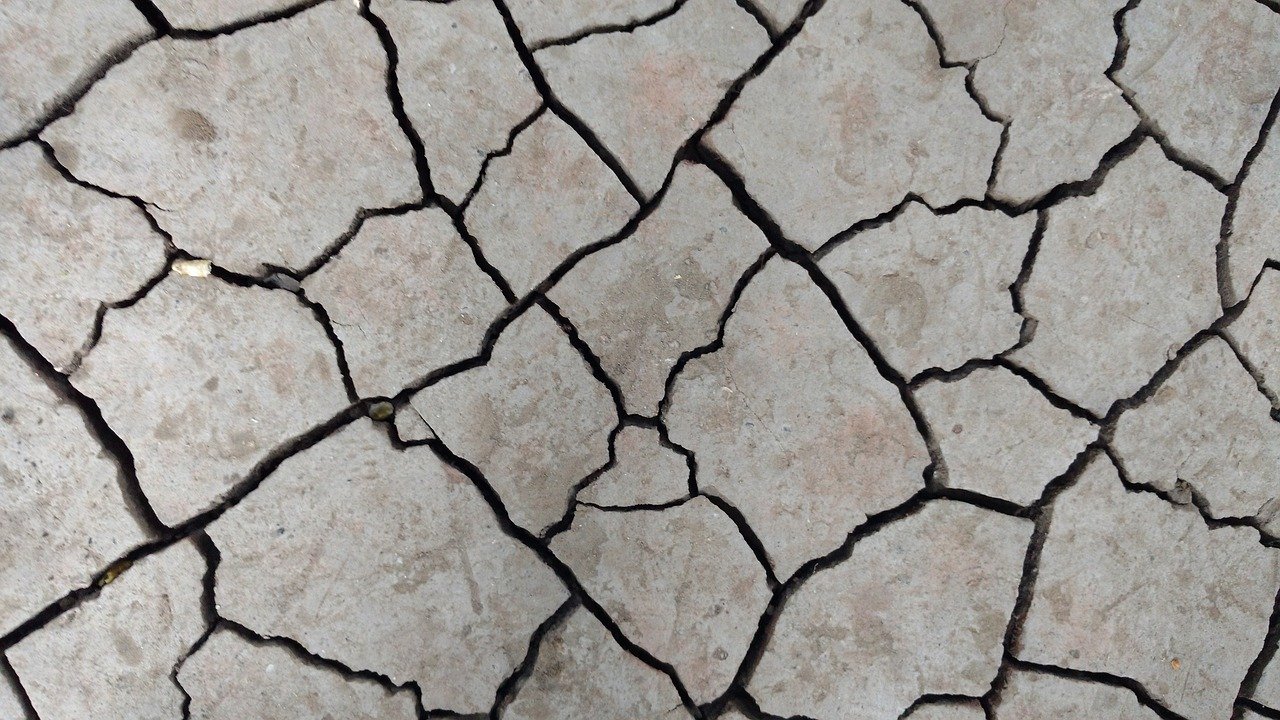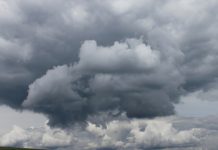
Idaho earthquake was measured at 6.5 magnitude, according to the United States Geological Survey (USGS).
The earthquake shook Idaho and states throughout the Northwest. The epicenter, according to the USGS, was 45 miles west of Challis and 73.3 miles north of Meridian.
The USGS map shows the earthquake epicenter lies beside Shake Creek and Laidlow Creek in the north-central Idaho mountains.
The report from USGS about the earthquake was not released right away because of social distancing, Paul Bodin, the head of the University of Washington seismology lab, said in an interview with KING in Seattle.
In a report by CNBC, Marcus Smith, an emergency room staff at St. Luke’s Wood River Medical Center, shared that the hospital, around 65 miles south of the epicenter, shoot but the event did not disrupt the treatment being given to patients. St. Luke's also announced that they conducted floor by floor checks of all of their hospitals.
“It felt like a wave going through the ground, so I knew right away what it was. It just felt like waves going through the ground,” he said.
The USGS's intensity map revealed that people in six different states had experienced the 6.5 magnitude Idaho earthquake.
Meanwhile, the National Weather Service Boise pointed out that this earthquake was the second strongest earthquake that took place in the world for the last month.
"We don't hear that much about Idaho earthquakes because they are fairly unusual," Bodin said. "The last one that was this big was back in 1983. It was in Borah Peak."
A couple of weeks ago, a major quake rattled Utah, Idaho's neighbor to the south. The Utah earthquake was measured at 5.7-magnitude, lying outside Salt Lake City. The earthquake resulted in damaged buildings and spurring evacuations.
The depth of the earthquake was 10 kilometers, according to USGS.
In a Tweet, Boise Mayor Lauren McLean said: "Boise, yes you did feel an #earthquake. City officials are checking all our facilities and public safety officers are conducting structural checks downtown and in our neighborhoods."
Meanwhile, Dylan Mikesell, an associate geoscience professor at Boise State University, said: "For an earthquake of this size, we can expect to feel some aftershocks for the next week and they should taper off. Probably something similar to what Salt Lake is experiencing in terms of aftershocks."
Moreover, the 4.6, 3.4, and 3.6-magnitude aftershocks after the earthquake spread throughout Boise and the Treasure Valley.
KTVB said that gas stations in Challis, Stanley, and Cascade reported no serious damage to buildings or property in their areas.
On Twitter, the Boise Police Department said that they have not received any reports of damage.
In an interview with KTVB, the Custer County Sheriff's Office said that there were no structural damage reported to date.
Inspections of all power plants and dams were also conducted by Idaho Power. The company reported no damage to any of them. There were also no outages after the earthquake.
According to the USGS, the area of the earthquake is associated with a tectonic extension linked to a magnitude 6.9 Borah Peak earthquake in 1983.






